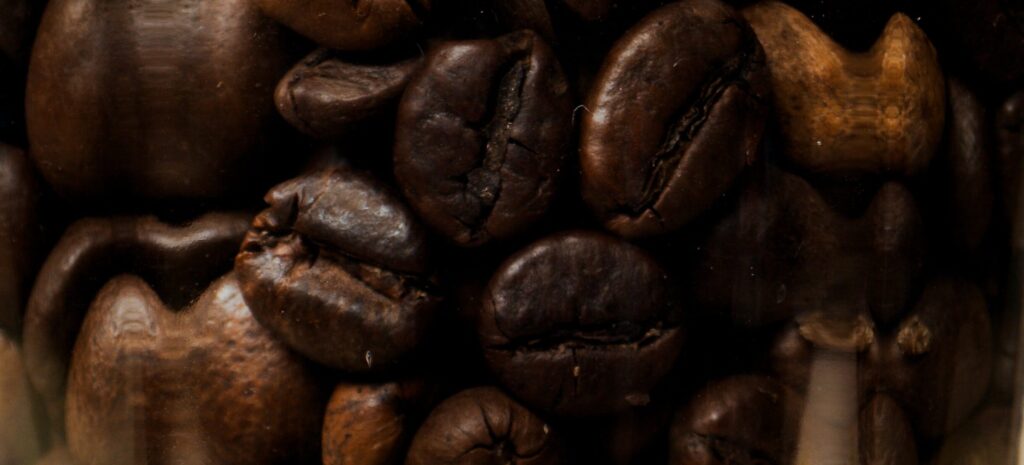
To sip, or not to sip, coffee is the question.
Coffee consumption is a multifaceted experience, offering both benefits and risks. While coffee enhances mental alertness and provides antioxidants, it can also lead to addiction and disrupt sleep patterns. Additionally, concerns arise regarding toxins leaching into coffee from various sources.
Join us as we navigate this nuanced landscape, empowering you to make informed choices and enjoy your coffee experience to the fullest.
Pros & Cons of Drinking Coffee For Your Health
Let’s begin by shedding light on the age-old debate surrounding coffee consumption: its pros and cons. While coffee has earned a special place in many people’s daily routines, it’s essential to acknowledge both its benefits and potential drawbacks.
Pros:
- Boosts Mental Alertness: The caffeine in coffee can enhance cognitive function, improving focus and concentration.
- Rich in Antioxidants: Coffee is a significant source of antioxidants, which help combat oxidative stress and reduce the risk of chronic diseases.
- May Lower the Risk of Certain Diseases: Studies suggest that moderate coffee consumption may be associated with a decreased risk of conditions such as Parkinson’s disease, Alzheimer’s disease, and type 2 diabetes.
Cons:
- Potential for Addiction: Excessive consumption of caffeine can lead to dependence, resulting in withdrawal symptoms such as headaches and fatigue.
- Disruption of Sleep Patterns: Consuming coffee late in the day can interfere with sleep quality and disrupt the body’s natural circadian rhythm.
- Possible Negative Effects on Digestion: Some individuals may experience gastrointestinal discomfort or acid reflux after consuming coffee, particularly on an empty stomach.
What May Be Leaching Into Your Coffee?
- Paper Cups with Waterproofing Lining: While paper cups are commonly used for serving coffee, many of them are lined with a waterproofing material to prevent leakage. Unfortunately, some of these linings may contain chemicals such as perfluorinated compounds (PFCs) or polyethylene, which can potentially leach into the hot liquid, including coffee. PFCs have been associated with adverse health effects, including an increased risk of cancer.
- Paper Straws: Paper straws have become a popular alternative to plastic straws due to their biodegradability and reduced environmental impact. However, it’s essential to ensure that these paper straws are produced using safe and non-toxic materials. Some paper straws may be bleached or treated with chemicals that could potentially contaminate your coffee with harmful substances.
- Microplastics and BPA: Microplastics, tiny plastic particles less than 5mm in size, have been found in various food and beverage products, including coffee. These microplastics can originate from plastic materials used in coffee equipment such as coffee makers, filters, and brewing accessories like K-cups. Additionally, certain plastic coffee equipment may contain bisphenol A (BPA), which has been linked to various health concerns, including an increased risk of cancer and hormonal disruption.
How to mitigate the risk of exposure to toxins from coffee-related materials:
- Opt for paper cups and straws that are labeled as BPA-free and manufactured using non-toxic materials.
- Consider using reusable or stainless steel straws instead of paper straws to minimize potential chemical exposure further.
- Choose coffee equipment made from safe materials such as stainless steel, glass, or ceramic, which are less likely to leach harmful substances into your coffee.
- Regularly clean and maintain your coffee equipment to prevent the buildup of contaminants and ensure the safety of your brew.
- When ordering coffee to go at your favorite local spot, consider asking if you can use your own vessel, such as a thermos or insulated bottle, to reduce the potential risks of chemical exposure in your coffee.
Navigating the world of coffee consumption requires a balanced understanding of its benefits and risks. While coffee offers cognitive enhancements and antioxidant properties, it’s crucial to consume it in moderation to avoid potential pitfalls like dependency and sleep disruption. Additionally, being mindful of toxins that may leach into your coffee from various sources underscores the importance of making informed choices when selecting coffee-related products. By approaching coffee consumption with awareness and moderation, you can fully enjoy its pleasures while prioritizing your health and well-being.
Be sure to check out the best practices when buying coffee beans next.
A Better You Starts Today
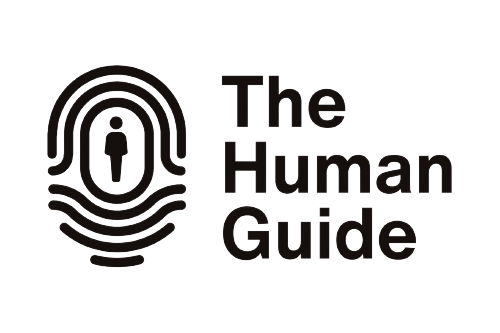
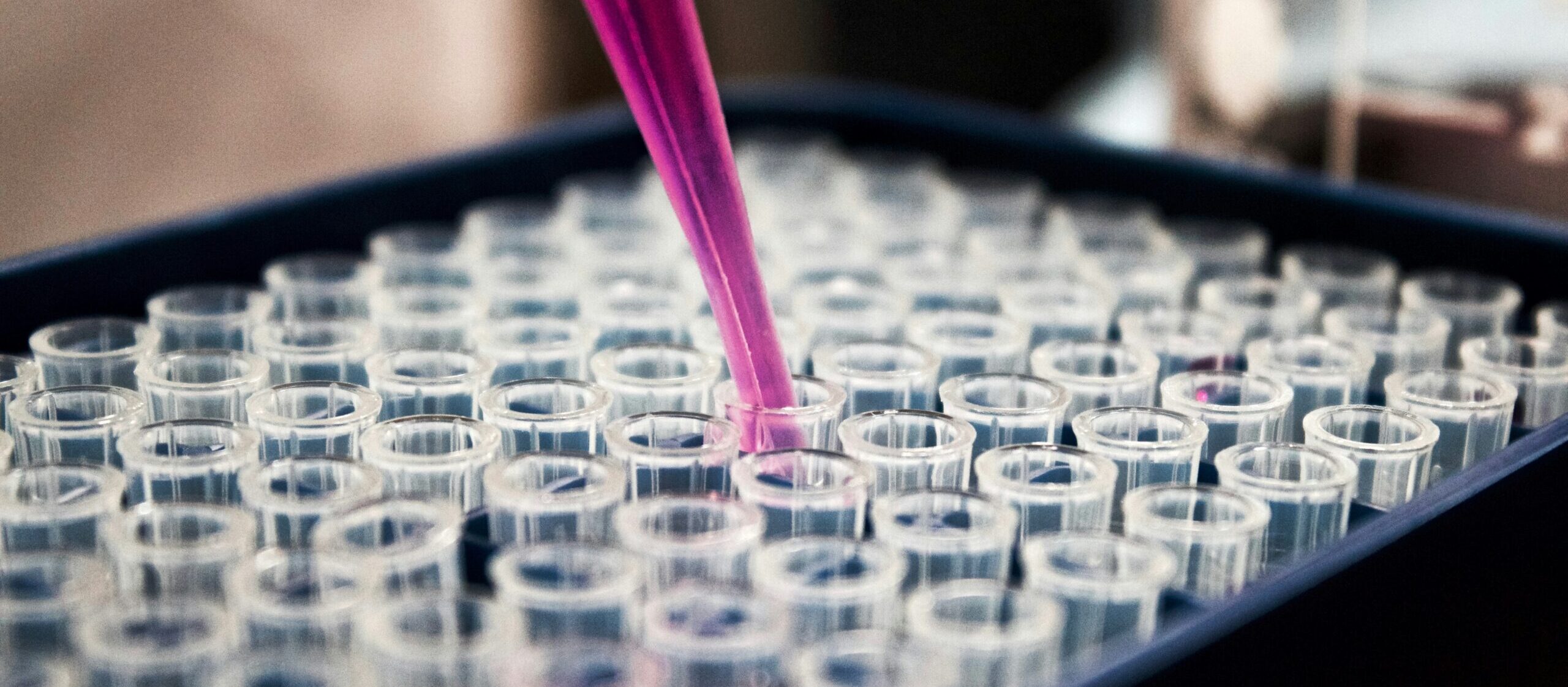


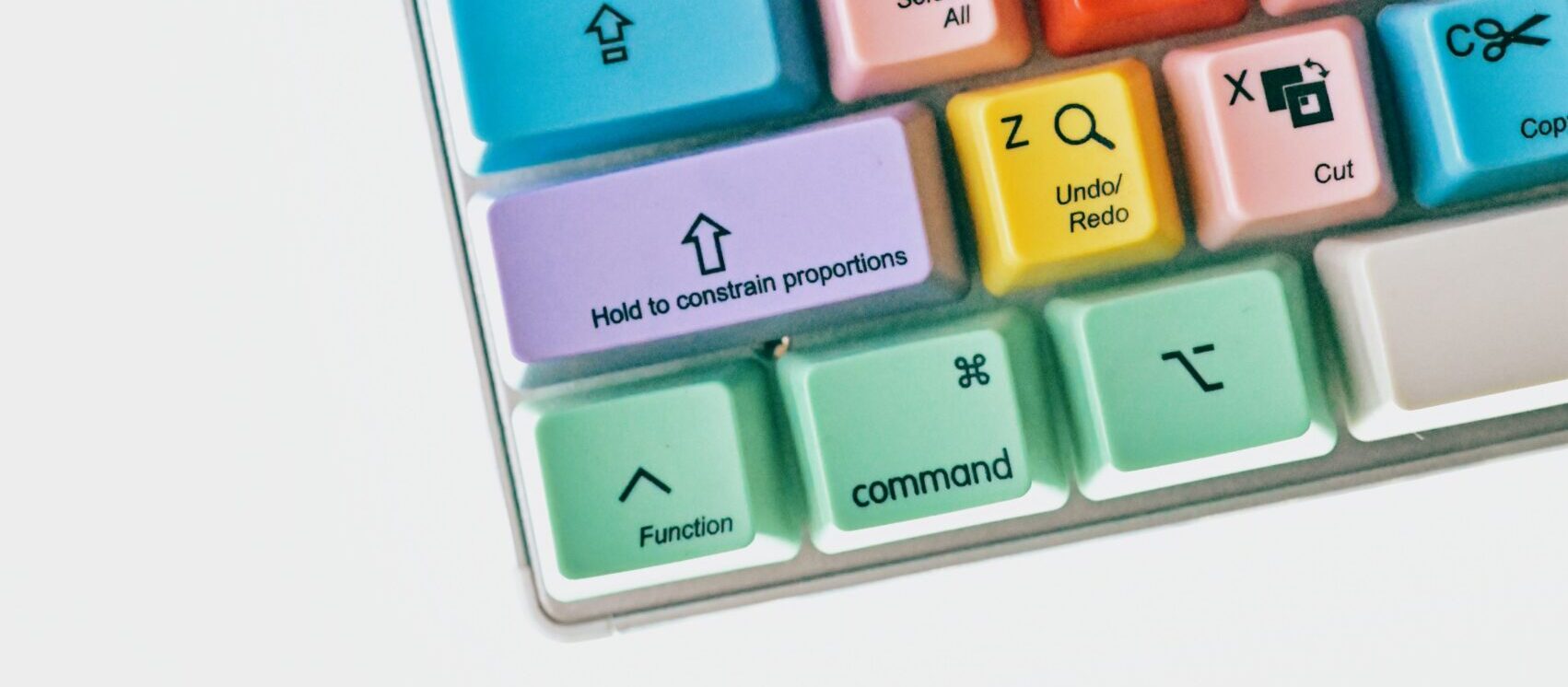
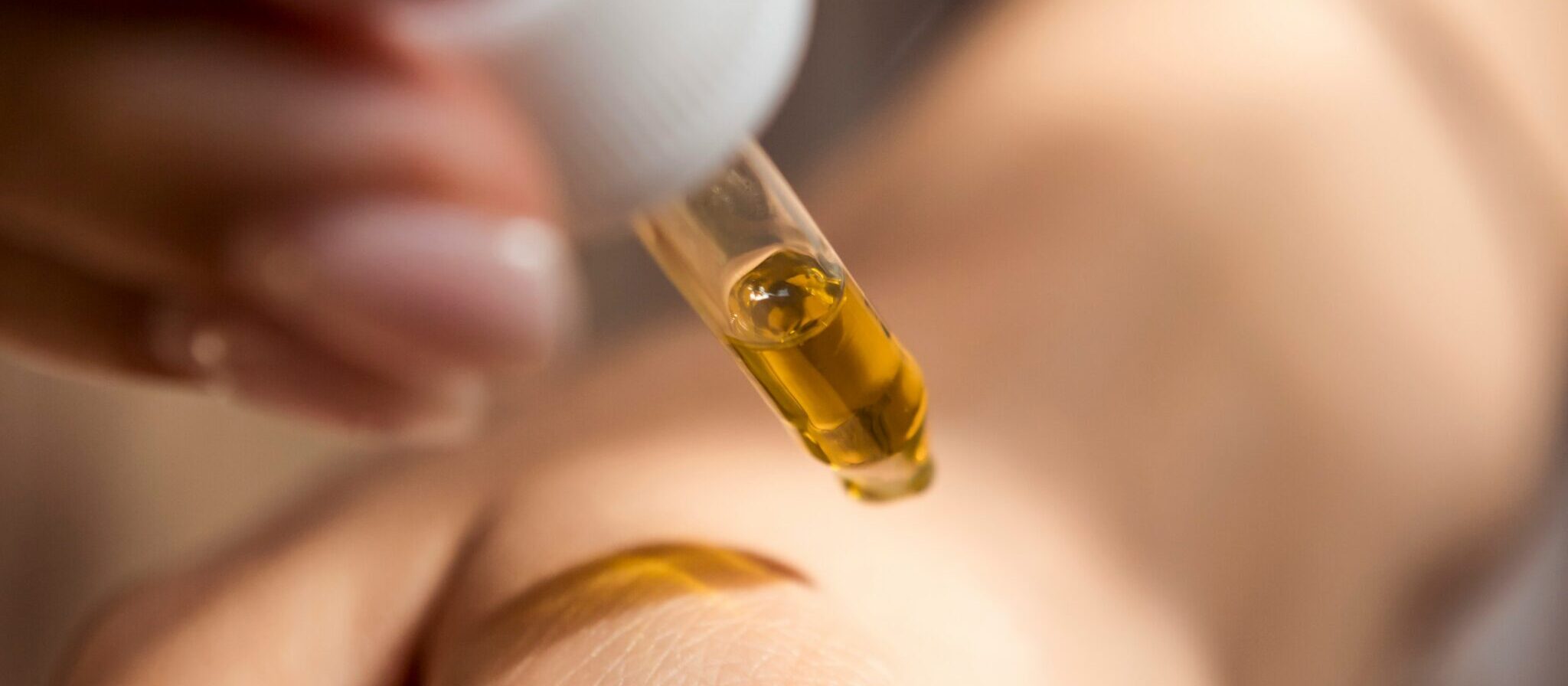
Leave a Reply